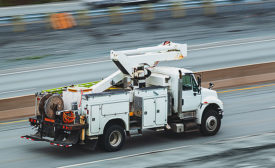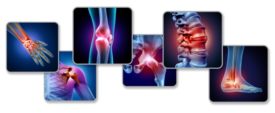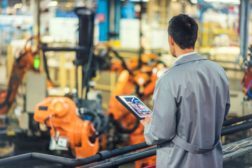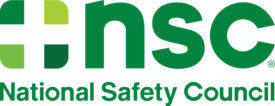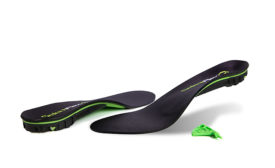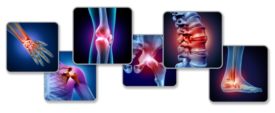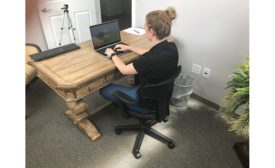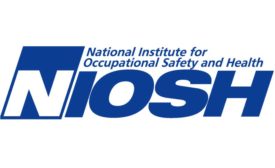Home » musculoskeletal injuries
Articles Tagged with ''musculoskeletal injuries''
Training
Invest in workers to prevent absenteeism, cut operating costs
Preventative training is essential when there is risk of workplace injury
May 17, 2022
Health
Focus On | Early intervention
A comprehensive guide to the emerging field of athletic trainers and industrial athletes
April 12, 2022
A NIOSH Science Blog post
Musculoskeletal health research to benefit temporary retail workers
December 8, 2017
Get our new eMagazine delivered to your inbox every month.
Stay in the know on the latest safety trends.
SUBSCRIBE TODAYCopyright ©2024. All Rights Reserved BNP Media.
Design, CMS, Hosting & Web Development :: ePublishing
